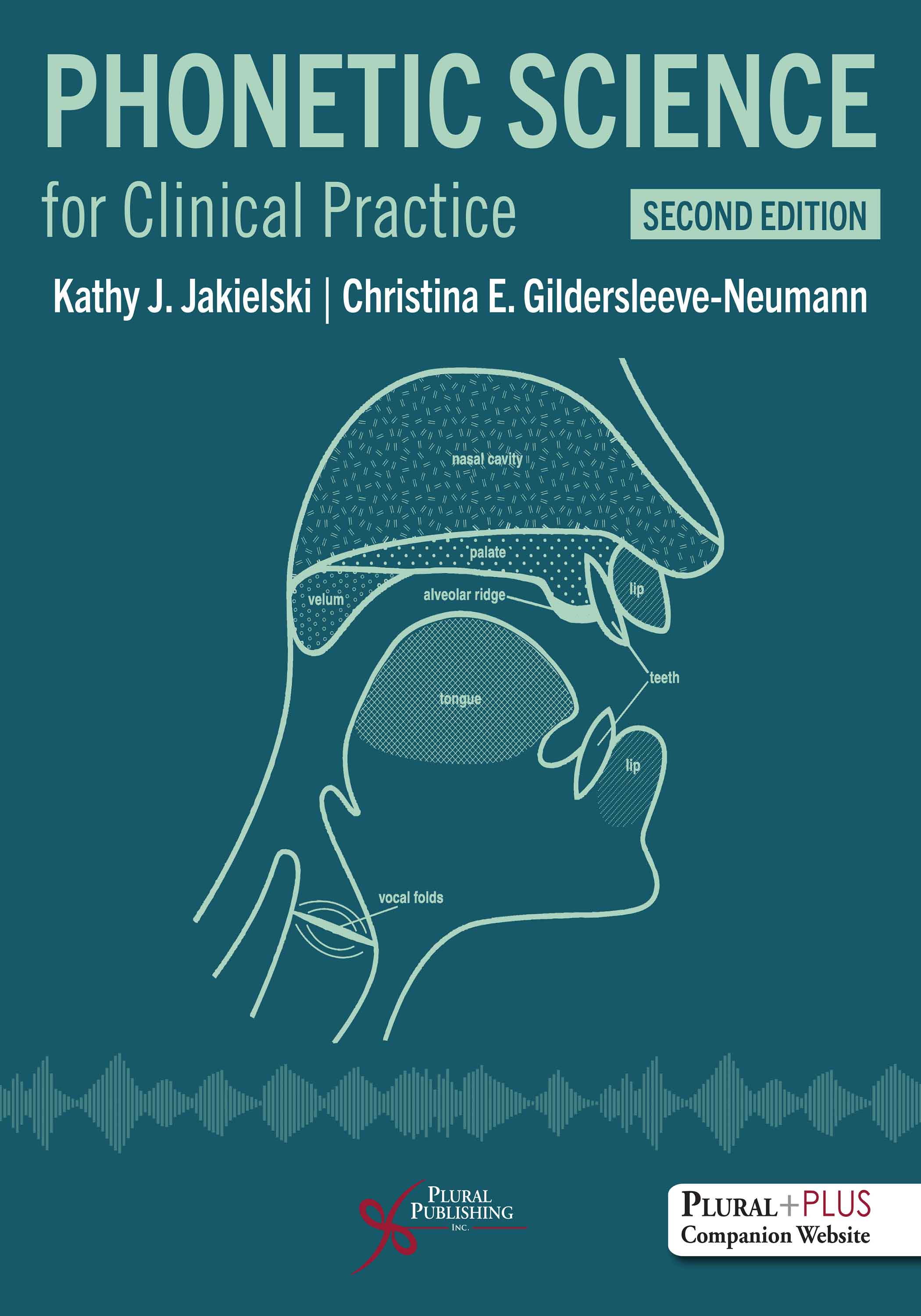
Phonetic Science for Clinical Practice
Second Edition
Kathy J. Jakielski, Christina Gildersleeve-Neumann
Details: 327 pages, Two-Color, Softcover, 8.5" x 11"
ISBN13: 978-1-63550-405-7
© 2025 | Available
For Instructors
Purchase
Phonetic Science for Clinical Practice, Second Edition is designed to serve as an introductory, one-term textbook for undergraduate phonetics courses in communication sciences and disorders. The text introduces the fundamental tool of transcription, the International Phonetic Alphabet, while also presenting the science underlying that set of symbols. The goal of this text is to teach students how to think about the data being transcribed—in other words, how to think like a phonetician. Every chapter begins with learning objectives and an “Applied Science” feature, which presents a research- or clinical-based question that can be answered by applying the phonetic science concepts covered in that chapter. By the end of the chapter, students will revisit the question and be asked to solve the problem posed. Students studying communication sciences and disorders, practicing speech-language pathologists, and audiologists will be more successful in their clinical work if they understand the science that underlies the tool of transcription. Each chapter also offers several diverse clinical examples to review the application of concepts covered.
Key Features
- Focused on practical, clinical application and the information needed for clinical practice
- “Did You Get It?” comprehension checks on the material throughout each chapter
- “Applied Science” sections at the beginning and end each chapter to increase students’ curiosity about the topic of the chapter, concluding with real-world clinical solutions
- Flashcards for phonetic transcription practice
New to the Second Edition
- Transcription readiness quiz (Chapter 1) with accompanying tutorials
- New information about disordered speech and developmental speech errors that affect consonants (Chapter 7) and new section about developmental speech errors that affect vowels (Chapter 8)
- 12 new audio case studies that students can use to practice transcribing errors in typical speech development
- 12 new video case studies that students can use to practice transcribing disordered speech
- Quiz for students who have previously completed a phonetics course, so instructors can assess their retention of phonetics knowledge and skills
PluralPlus Online Ancillary Materials
- For instructors: PowerPoint slides, exam review slides, chapter reviews, Test bank, course syllabus/calendar, a self-assessment quiz for students to take prior to starting the course, an assessment quiz to test phonetics knowledge and skills during the course, videos with phonetic transcription tutorial
- For students: audio files for IPA symbols and particular words with audio map, Glossary, eFlashcards, mnemonic flashcards, List of related sources, printable study aids, spectrograms, transcription readiness quiz with tutorials
To learn more about the ancillaries included with this textbook, watch this webinar where authors Kathy J. Jakielski and Christina E. Guildersleeve-Neumann walk through some of the tools available for both students and instructors.
Foreword
Preface
How to Use This Book
Chapter 1 Introduction to Phonetic Science
The Study of Speech: Phonetics and Phonology
The Sounds of Speech: Phonemes, Phones, and Allophones
The Written Representation of Speech: Orthographic and Phonetic Symbols
Orthographic Symbols: The Latin Alphabet
Phonetic Symbols: The International Phonetic Alphabet
The Registers of Speech
Seeing Letters, but Hearing Sounds
The Phonotactic Structure of Speech
Consonants and Vowels by Position
Contrastive, Linguistic, and Grammatical Stress
Setting Yourself Up for Success: A Phonetic Transcription Readiness Quiz
Putting It All Together
References
Interest Piqued?
Print Resources
Online Resources
Did You Get It? Answer Key
Chapter 2 Articulatory Phonetics of Consonants
Consonants in American English
Anatomical Processes of the Speech System
Respiratory Process
Phonatory Process
Resonatory Process
Oro-Nasal Process
Articulatory Process
Sonorant and Obstruent Sounds
Cognates
Consonant Place Classes in American English
Bilabial
Labiodental
Interdental
Alveolar
Post-Alveolar
Alveopalatal
Palatal
Velar
Glottal
Summary of Articulatory Place
Consonant Manner Classes in American English
Stops
Nasals
Glides
Fricatives
Affricates
Liquids
Summary of Articulatory Manner
Putting It All Together
Did You Get It? Answer Key
Chapter 3 Articulatory Phonetics of Vowels
Introduction to Vowels
English Vowels: Sounds Versus Spelling
Consonants Versus Vowels
Similarities and Differences in the Use of the Vocal Tract for Consonants and Vowels
Visualizing Place of Articulation: The Vowel Quadrilateral
Types of English Vowels
Monophthong Vowels: Steady-State Production
Diphthong Vowels: Dynamic Movement
Rhotic Vowels: Static Versus Dynamic Movement Involving R-Colorings
Articulatory Dimension of Vowels
Tongue Height
Tongue Advancement
Lip Rounding
Tenseness
Diphthong and Triphthong Vowel Categories
Rhotic Vowels: Monophthongs, Diphthongs, and Triphthongs
Description of English Vowel Phonemes: Monophthongs and Diphthongs
Monophthong Vowels: Articulation, Phonetic Symbols, and Key Words
Phonemic Diphthongs
Rhotic Vowels: Articulation, Phonetic Symbols, and Key Words
Summary
Putting It All Together
Interest Piqued?
Print Resources
Online Resources
Did You Get It? Answer Key
Chapter 4 Broad and Narrow Phonetic Transcription
Phonetic Transcription: Approaches, Types, and Systems of Representation
Approaches to Phonetic Transcription
Types of Phonetic Transcription
Systems of Phonetic Representation
Broad Segmental Phonetic Transcription
Strategies to Employ
Errors to Avoid
Narrow Segmental Phonetic Transcription
Two Frequently Produced Consonant Allophones
Introduction to Diacritical Marks
Diacritical Marks Applied to Consonants
Diacritical Marks Applied to Vowels
Suprasegmental Diacritical Marks
Diacritical Marks for Stress
Diacritical Marks for Clinical Populations
Airstream Mechanism Diacritic for Disordered Speech
Primary Place of Articulation Diacritics for Disordered Speech
Secondary Place of Articulation Diacritics for Disordered Speech
Manner of Articulation Diacritics for Disordered Speech
Putting It All Together
Summary
Interest Piqued?
Print Resources
Online Resources
Did You Get It? Answer Key
Chapter 5 Suprasegmental Features of Speech
Verbal Communication
Stress
Intonation
Prosody
Putting It All Together
References
Interest Piqued?
Print Resources
Online Resources
Did You Get It? Answer Key
Chapter 6 Acoustic Phonetics
Acoustic Phonetics and Clinical Scientists
Acoustics
Wave Motion
Sound Wave Propagation
Sound Waves and Vocal Fold Vibration
Waveforms
Determining Fundamental Frequency on a Waveform
Fourier Analysis
Identifying Types of Sounds on a Waveform
Spectrum of a Sound Wave
Source-Filter Theory
Vowel Differences
Spectrograms
Vowel Identity
Identifying Consonants
Identifying Words and Phrases
Types of Spectrographic Analysis
Putting It All Together
References
Interest Piqued?
Print Resources
Online Resources
Did You Get It? Answer Key
Chapter 7 Linguistic Phonetics and Phonology of Consonants
Phonetics and Phonology
Speech as a Connected Unit
Determining the Status of Speech Sounds in a Language
Syllabicity
The Components of Syllables
Patterns for Allophones in Consonant Coarticulation in Typical Speech
Stops
Fricatives
Affricates
Nasals
Approximants
Developmental Error Patterns Affecting Consonants
Transcribing Typically-Developing Speech
Error Patterns in Consonant Coarticulation in Disordered Speech
Cases in Pediatric Speech Sound Disorders
Putting It All Together
Interest Piqued?
Print Resources
Online Resources
Did You Get It? Answer Key
Chapter 8 Linguistic Phonetics and Phonology of Vowels
Vowel Phonological Patterns
Vowel Allophones in Multisyllabic Words
Stressed Versus Unstressed Syllables
Nonphonemic Diphthongs
Tense Versus Lax Vowels
Phonological Patterns for Vowels
Vowel Length
Vowel Reduction in Unstressed Syllables
Voiceless Vowels
Vowel Nasalization
Vowel Retraction
Rhotic Versus Nonrhotic Dialects of English
Developmental Error Patterns Affecting Vowels
Putting It All Together
Interest Piqued?
Print Resources
Did You Get It? Answer Key
Chapter 9 Beyond General American English: Speech Possibilities Within and Across Languages
Speech Possibilities
The World’s Languages and Speakers of Them
Dialect Versus Language
English
Bilingualism
Speech Sounds Across Languages
Consonants
Summary of Consonant Possibilities
Vowels
Tongue Height, Advancement, Tenseness, and Rounding
Syllable-Level Differences
Language Complexity
Putting It All Together
References
Interest Piqued?
Print Resources
Online Resources
Did You Get It? Answer Key
Glossary
Mnemonic Flashcards
Index
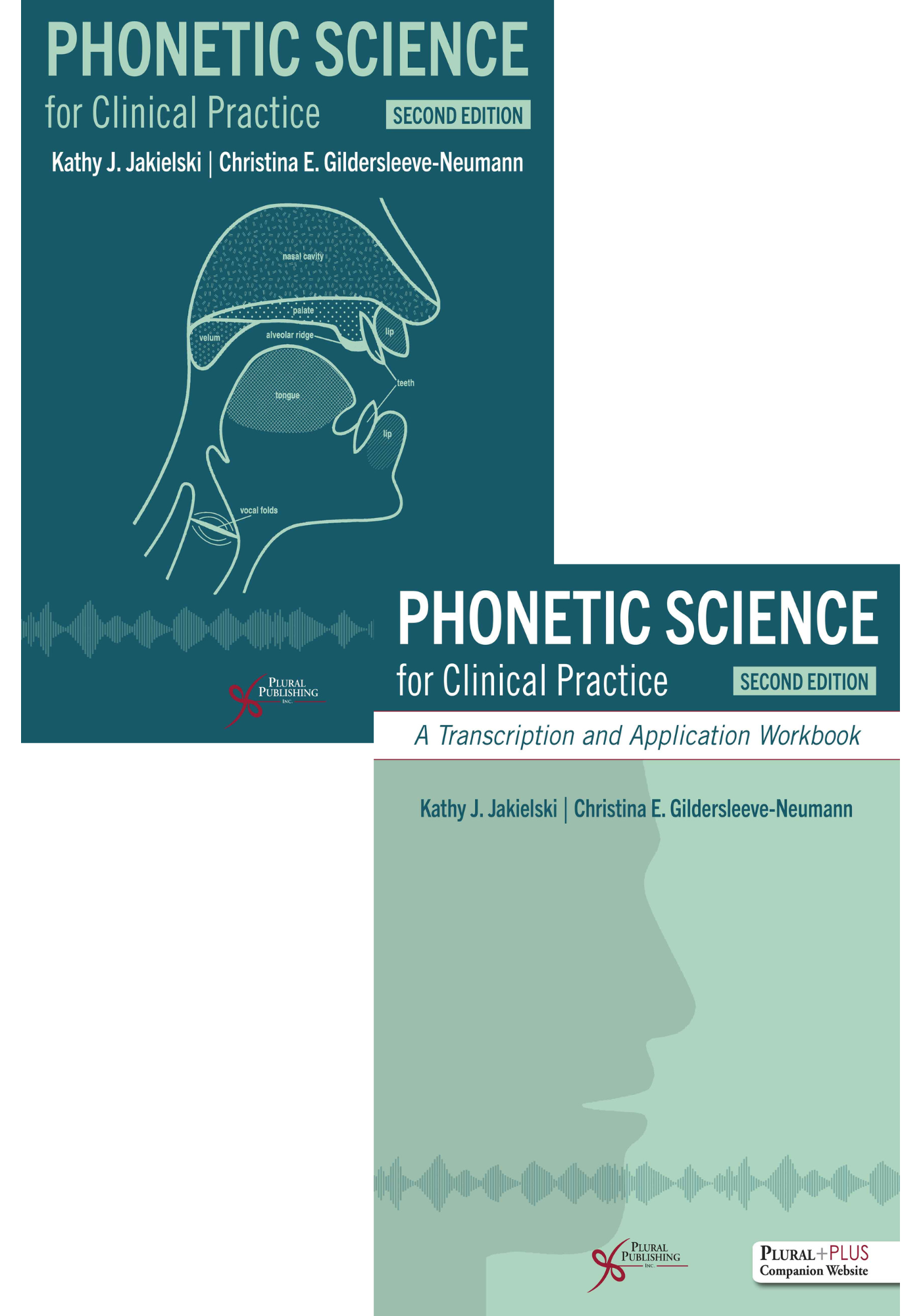
Phonetic Science for Clinical Practice Bundle (Textbook and Workbook)
This bundle includes the 'Phonetic Science for Clinical Practice, Second Edition textbook and companion transcription and application workbook. The books are intended to serve as an introductory, one-term resource for undergraduate phonetics courses in communication sciences and disorders.
The textbook begins by introducing the fundamental tool of transcription-the International Phonetic Alphabet-while also presenting the science underlying that set of symbols. The goal of this text is to teach students how to think about the data being transcribed-in other words, how to think like a phonetician. Every chapter begins with Learning Objectives and an Applied Science problem and question-a research- or clinical-based question that can be answered by applying the phonetic science concepts covered in that chapter. By the end of the chapter, students will revisit the question and be asked to solve the problem posed. Students studying communication sciences and disorders and practicing speech-language pathologists or audiologists will be more successful in their clinical work if they understand the science that underlies the tool of transcription. In each chapter there are also several diverse clinical examples to review the application of concepts covered.
The workbook allows students to practice phonetic transcription and includes a variety of practice exercises such as fill-in-the-blank, short-answer, and multiple creative transcription activities. The questions are closely connected to the textbook, allowing students to review chapter material and quiz themselves in an efficient manner.
Both books in the bundle come with access to supplementary materials on a PluralPlus companion website. See the inside front covers of each book for instructions.
Below are links to more information about each book.
Phonetic Science for Clinical Practice comes with access to supplementary student and instructor resources on a PluralPlus companion website.
The companion website is located at: https://www.pluralpublishing.com/publication/pscp2e
STUDENTS:
The student resources include audio files for IPA symbols and particular words with audio map, glossary eFlashcards, mnemonic flashcards, list of related resources, printable study aids, spectrograms, transcription readiness quiz.
To access the student resources, you must register on the companion website and log in using the access code located in the front of your textbook.
INSTRUCTORS:
The instructor resources include PowerPoint lecture slides, exam review slides, student self-assessment quiz, chapter reviews, a test bank, a course syllabus/calendar, and videos with phonetic transcription tutorial. You will also have access to all of the student resources listed above.
To access the instructor resources, you must contact Plural Publishing, Inc. to be verified as an instructor and receive your access code.
Email: instructormaterials@pluralpublishing.com
Tel: 866-758-7251 (toll free) or 858-492-1555
*Note for students: If you have purchased this textbook used or have rented it, your access code will not work if it was already redeemed by the original buyer of the book. Plural Publishing does not offer replacement access codes for used or rented textbooks.
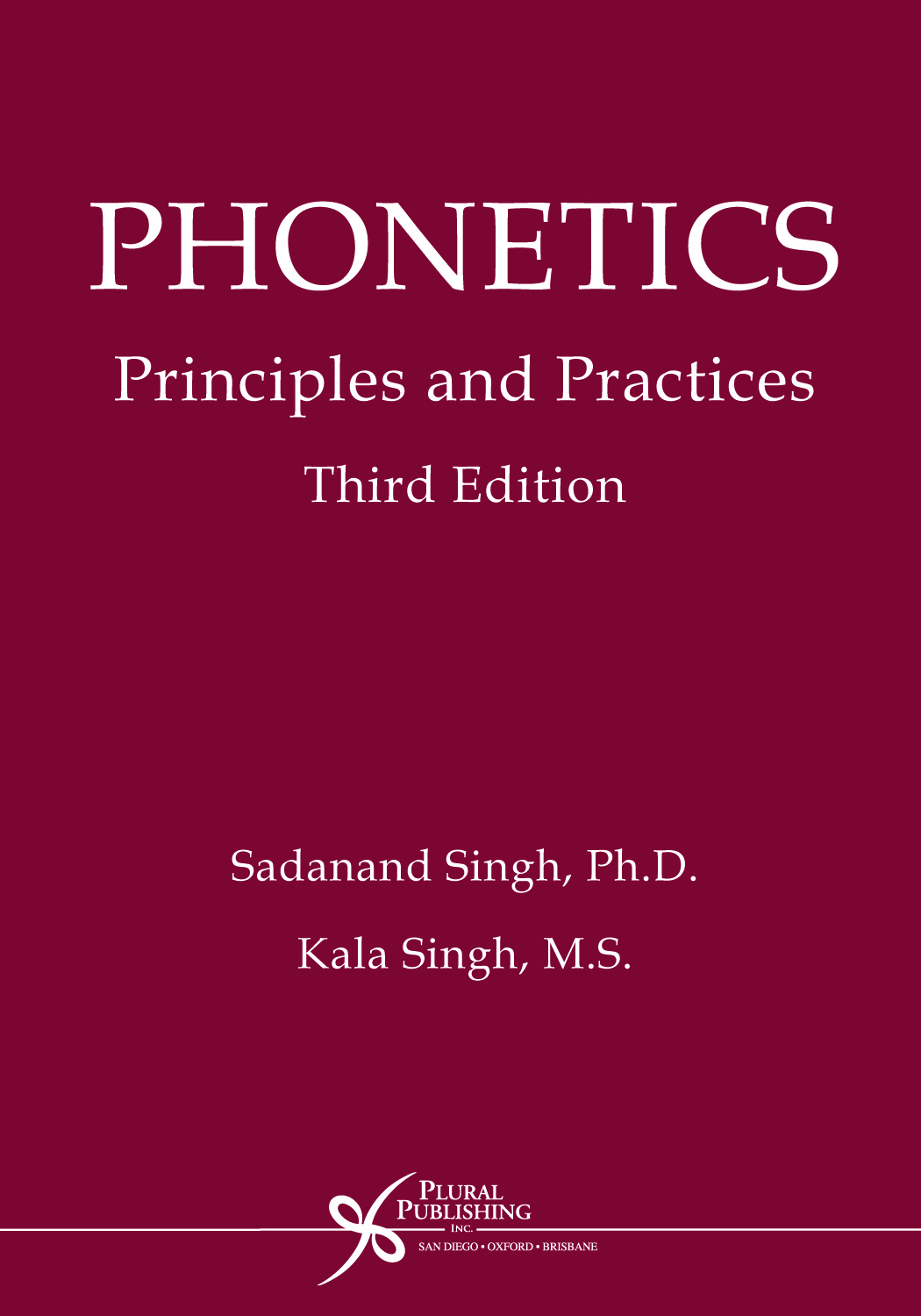
Phonetics: Principles and Practices
Third Edition
Sadanand Singh
Details: 255 pages, B&W, Softcover, 7" x 10"
ISBN13: 978-1-59756-020-7
© 2006 | Available
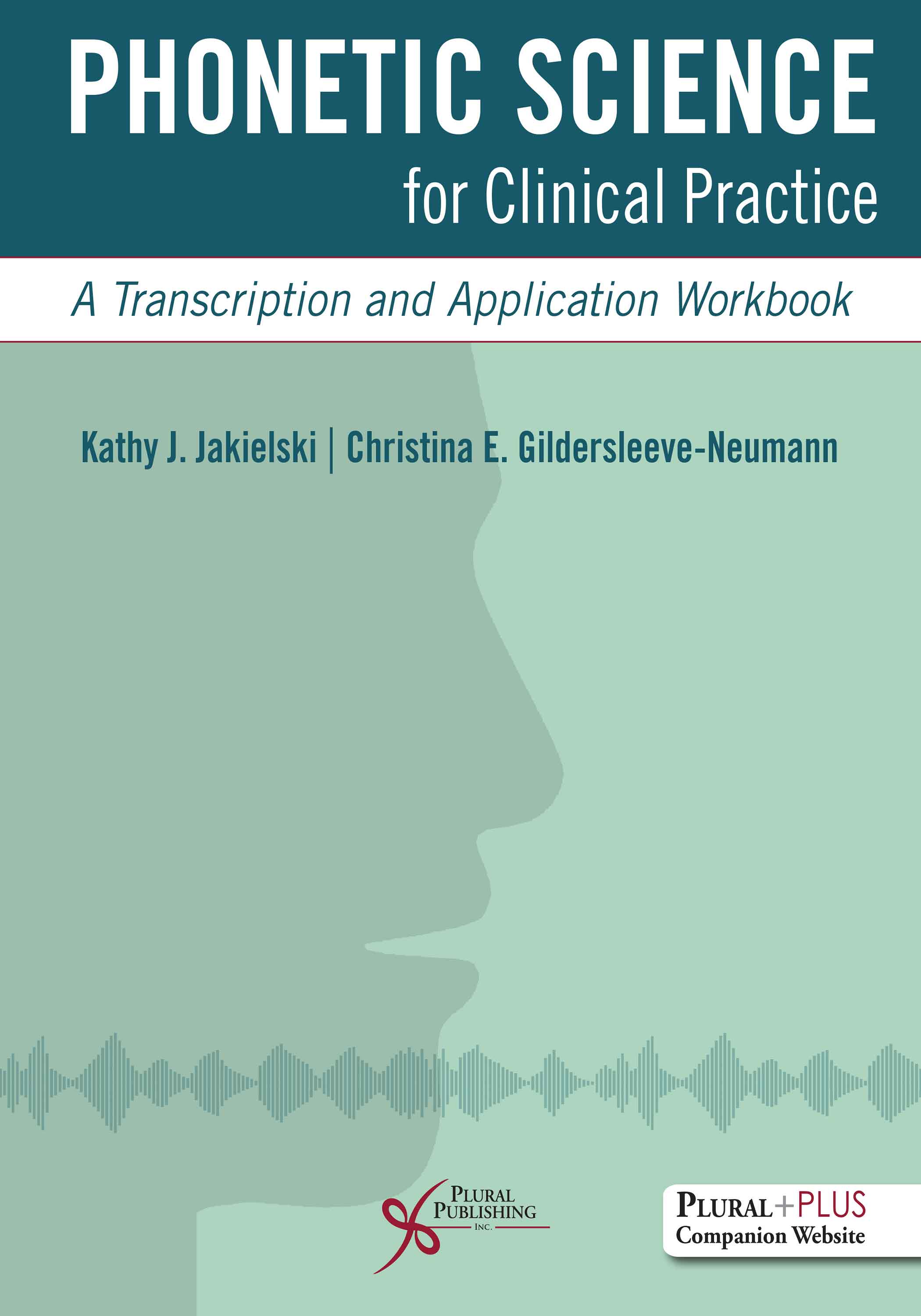
Phonetic Science for Clinical Practice: A Transcription and Application Workbook
Second Edition
Kathy J. Jakielski, Christina Gildersleeve-Neumann
Details: 378 pages, Two-Color, Spiral, 8.5" x 11"
ISBN13: 978-1-63550-407-1
© 2025 | Available
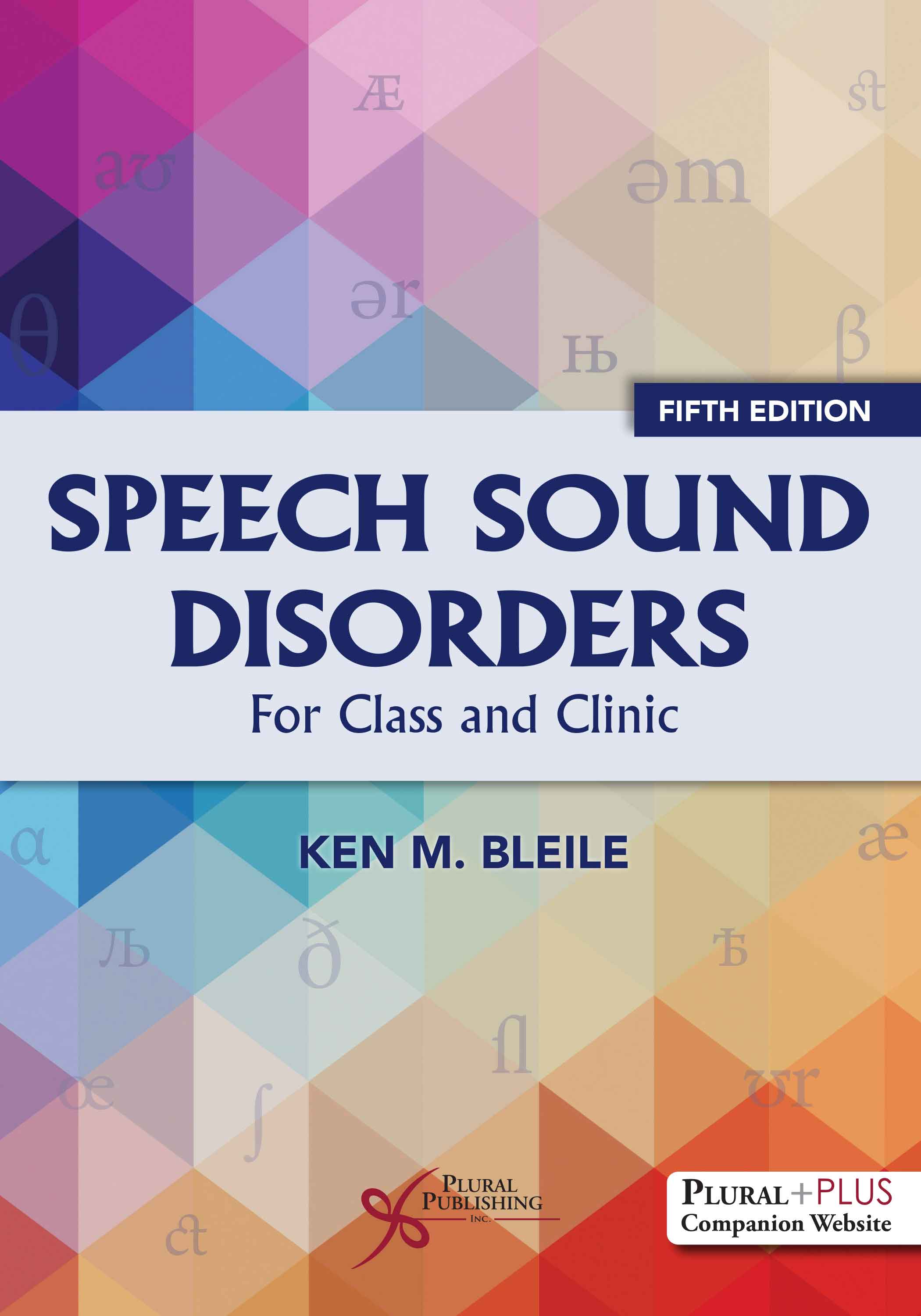
Speech Sound Disorders: For Class and Clinic
Fifth Edition
Ken M. Bleile
Details: 495 pages, B&W, Softcover, 7" x 10"
ISBN13: 978-1-63550-662-4
© 2025 | Available
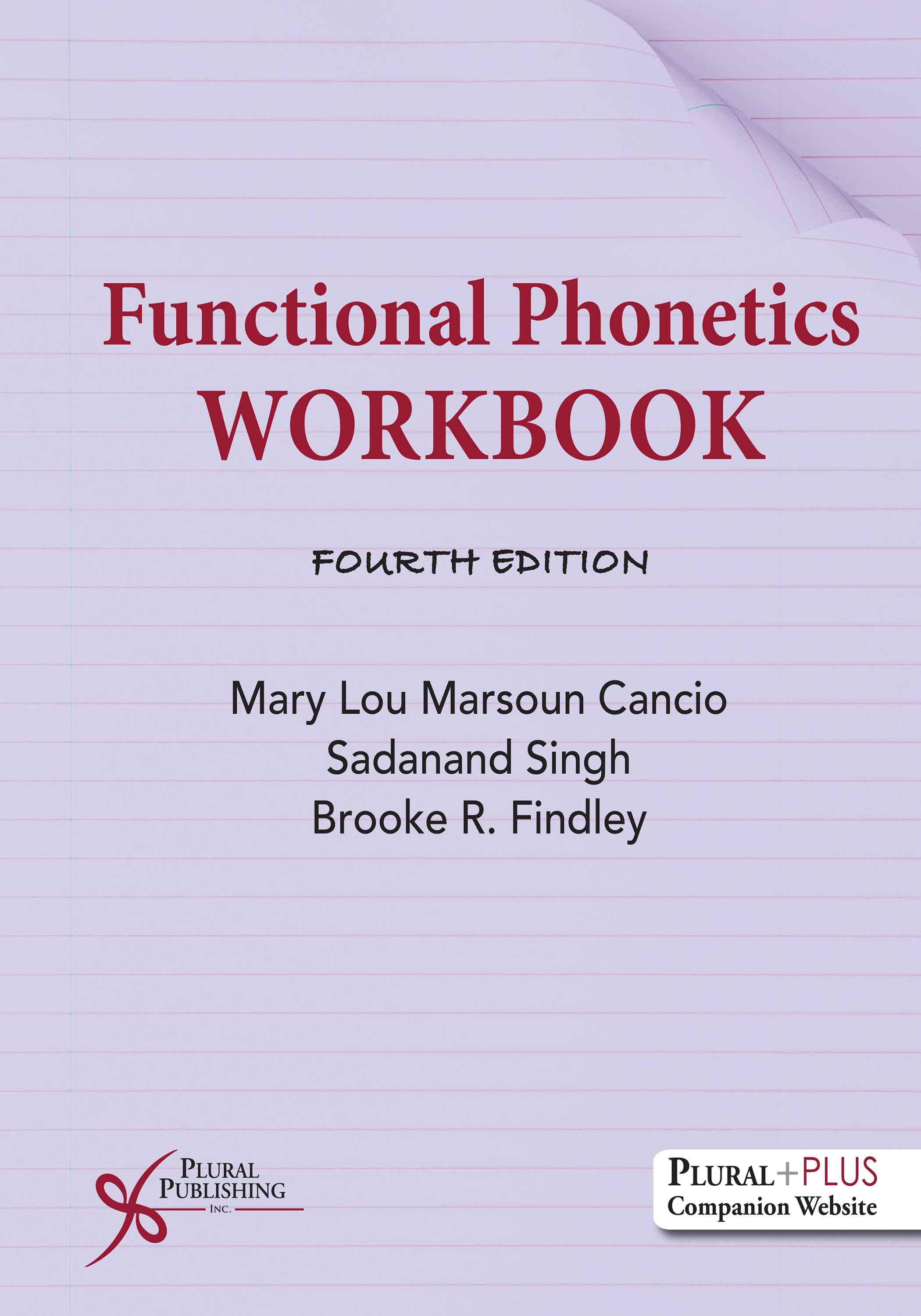
Functional Phonetics Workbook
Fourth Edition
Mary Lou Marsoun Cancio, Sadanand Singh, Brooke R. Findley
Details: 361 pages, B&W, Spiral Bound, 8.5" x 11"
ISBN13: 978-1-63550-594-8
© 2026 | Available


